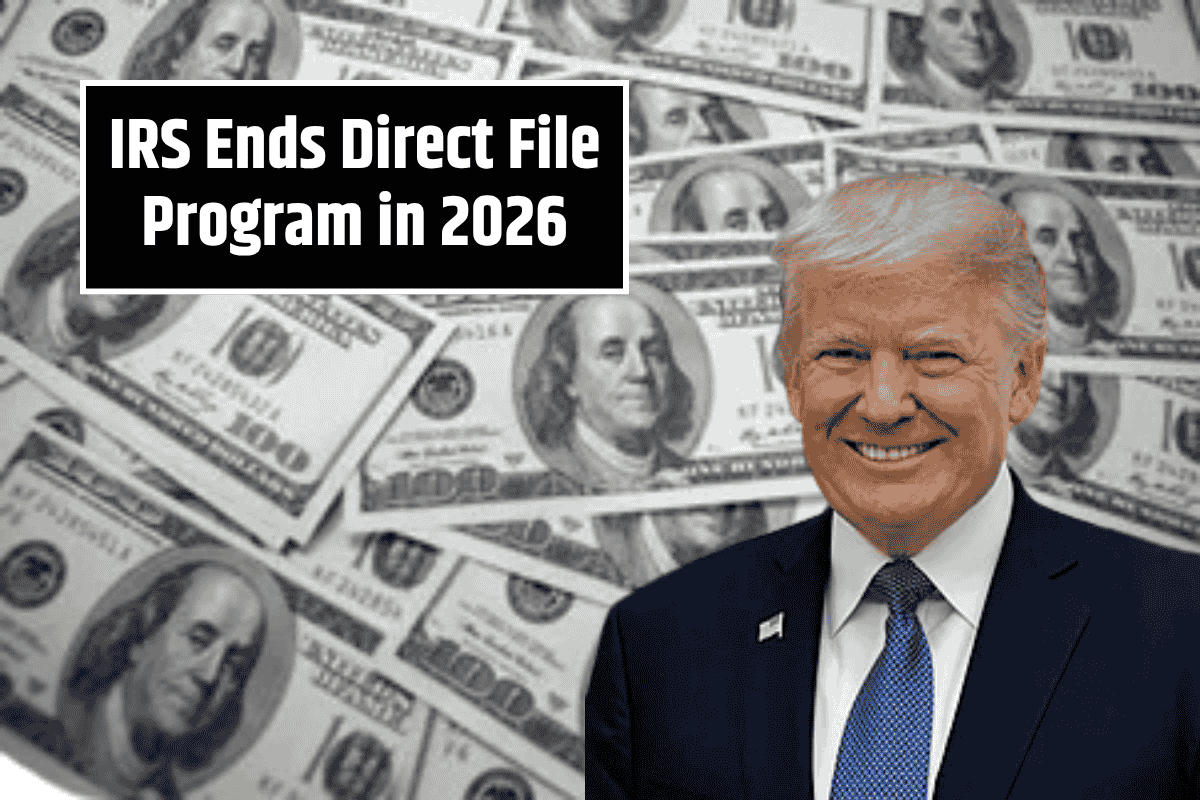The Internal Revenue Service (IRS) has announced that it will end the Direct File pilot program after its first full year of operation in 2025. This free service allowed people with simple tax situations to file their federal taxes directly on the IRS website, without the need for a third party.
Starting in 2026, this service will no longer be available. If you’ve been using Direct File, here’s what you need to know about the upcoming changes.
Why the IRS Ended Direct File
The Direct File program began as a trial in 2024 and was expanded in 2025 to cover 25 states. During the last tax season, over 30 million people were eligible to use it, and nearly 300,000 chose to file through the IRS website.
Many users were happy with the service, with 94% rating their experience as “excellent” or at least “above average.”
Despite its success, the Trump administration has decided to shut down the program, which has frustrated many taxpayers. Critics argue that this move will make filing taxes harder and more expensive for some, while supporters saw Direct File as a key tool to make tax filing easier and more accessible.
What’s the Alternative? Free Filing Options Still Available
Though Direct File is going away, there are still free options for filing your taxes. The IRS Free File Program remains available. This program works with private tax companies that offer free filing services to people who meet certain income requirements.
However, Free File has limitations. For example, it only applies to taxpayers who meet specific income thresholds, and there are restrictions based on where you live. This means that not everyone will be able to use it, especially those who don’t meet the income requirements.
Because Direct File was simple and free for many people, its end could force them to pay for tax software or hire professional tax preparers, which could become a financial burden, especially for low-income households.
Who Will Be Affected by the Change?
The decision to cut Direct File will mostly affect working-class Americans. Those who previously used the free service now need to consider paying for tax preparation services. This is likely to make things more difficult, especially for low-income families who benefited from the free service.
Many people appreciated Direct File because it was affordable, easy to use, and gave them a sense of transparency in the tax filing process. With the end of this program, taxpayers may feel uncertain about the new costs they’ll have to face.
Are There Any Tax Refunds Coming?
The regular federal tax filing season for the 2024 tax year started on January 27, 2025, and ended on April 15, 2025. However, if you need more time, you could file for an extension until October 15, 2025.
Typically, the IRS doesn’t process refunds in August or September unless there are special circumstances. If you filed your return electronically and requested direct deposit, your refund usually comes in less than 21 days. But if you filed a paper return, it can take 6 to 8 weeks.
If you filed late or your return needed special review, it could take longer for you to get your refund. For example, if your return was accepted on June 9, you might get your refund by August 8. If accepted on July 7, your refund might arrive around September 5.
Also, if you filed an amended return (Form 1040-X), your refund could be delayed. The IRS takes much longer to process amendments because they require a detailed manual review. It can take up to 16 weeks to process an amended return, so you might need to be patient.
The IRS’s decision to end the Direct File program in 2026 means that millions of taxpayers will have to find alternative ways to file their taxes, which could result in extra costs.
While Free File remains an option, it comes with many limitations. If you’re used to the simplicity and affordability of Direct File, you’ll need to consider other tax filing methods starting next year.
